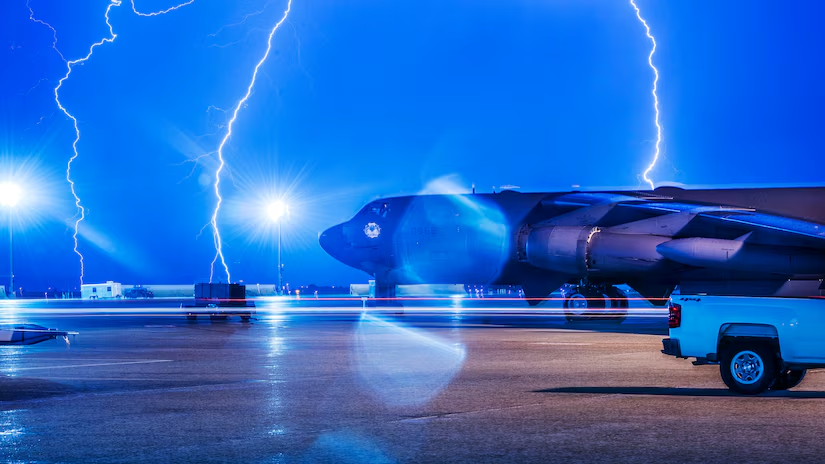In a fascinating intersection of history and science, a Cold War-era spy plane has helped scientists uncover a surprising source of high-energy gamma rays: thunderstorms. Originally designed for reconnaissance missions during the Cold War, the U.S. Air Force’s U-2 spy plane has been repurposed for atmospheric research, and its recent mission has yielded groundbreaking results that could change our understanding of thunderstorms and the energy they produce.
Gamma rays, typically associated with extreme cosmic phenomena like supernovas and black holes, are the highest-energy form of light in the electromagnetic spectrum. Finding them in Earth’s atmosphere, particularly within thunderstorms, has intrigued scientists for decades. However, it wasn’t until the U-2 spy plane’s involvement that researchers could get closer to understanding this phenomenon.
The U-2 spy plane, capable of flying at altitudes above 70,000 feet, provided an ideal platform for studying high-energy particles generated during storms. Scientists have known about terrestrial gamma-ray flashes (TGFs) since the 1990s, which are bursts of gamma rays that occur during thunderstorms, but the exact mechanisms behind them remain a mystery. Using the plane’s advanced sensors, researchers were able to detect these gamma rays at higher altitudes and in greater detail than ever before.
What makes this discovery even more intriguing is the sheer power and unexpected behavior of the gamma rays detected. These TGFs were much more intense than previously recorded, leading scientists to rethink the role thunderstorms play in Earth’s natural radiation environment. The U-2’s sensors captured data suggesting that these gamma rays are produced when charged particles, like electrons, are accelerated to near-light speeds by the electric fields inside thunderstorms. When these high-speed particles collide with atoms in the atmosphere, they generate gamma rays—a process similar to what occurs in particle accelerators.
The findings have important implications for understanding atmospheric electricity and radiation hazards. Gamma rays are incredibly energetic and can have a significant impact on aircraft flying at high altitudes. By better understanding how and where these gamma rays are produced, scientists hope to improve safety measures for both space and air travel, as well as gain new insights into the complex interactions between Earth’s atmosphere and space weather.
Moreover, the data collected during these flights could help address other unresolved questions in atmospheric science, such as how lightning and thunderstorms interact with cosmic rays from outer space. It also opens the door to further research into the potential links between TGFs and other natural phenomena, like sprites and jets—lightning-like events that occur above thunderstorms.
This discovery, made possible by the unlikely partnership between a relic of Cold War-era surveillance and modern science, underscores the importance of repurposing technology for new research. The U-2 spy plane, once a symbol of geopolitical tension, is now contributing to a deeper understanding of the natural world. As scientists continue to explore the mysteries of gamma rays in thunderstorms, they are uncovering new layers of complexity in Earth’s atmosphere that could have far-reaching implications for both science and technology.
